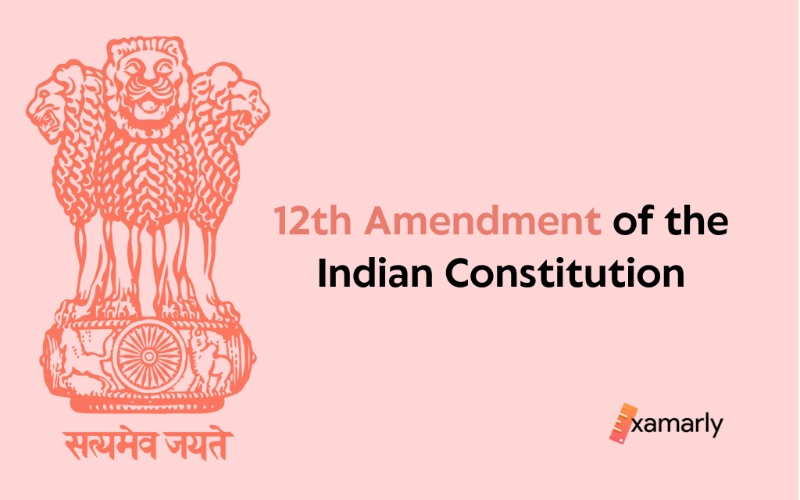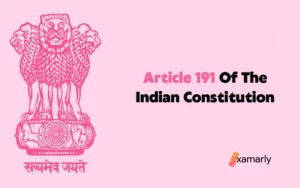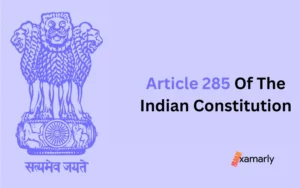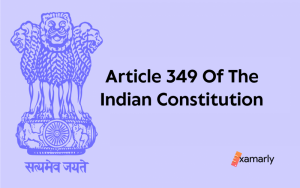The 12th amendment of the Indian constitution is one of the prominent ones for the country. In December 1961, India took the opportunity and captured Goa, Daman, and Diu from Portugal.
To bring this integration into effect, the First Schedule of the Indian Constitution was amended in the year 1962. This amendment act is officially termed as Constitution (Twelfth Amendment) Act, 1962.
This amendment integrated Goa, Daman, and Diu as India’s eighth Union territory. It also included these areas under clause (1) of Article 240 of the Constitution. It allowed the President of India to “establish rules for the peace, progress, and good governance of the territory.”
The 12th Amendment of the Indian Constitution retroactively came into force on December 20, 1961, post the acquisition of the areas. It was the day after Governor General Manuel António Vassalo e Silva signed the instrument of capitulation. It thereby ended 451 years of Portuguese sovereignty in Goa.
On May 30, 1987, the union territory was divided. Goa became India’s twenty-fifth state, with Daman and Diu remaining a union territory.
12th Amendment of the Indian Constitution: Objective and Reason
Following the acquisition of parts of Goa, Daman, and Diu on December 20, 1961, these areas became a part of India’s territory. Article 1 (3) (c) of the Constitution gave the underlying power for this change. The President manages these territories as Union Territory gaining power from Article 239 of the Constitution.
Goa, Daman, and Diu were specifically listed as Union territories in the First Schedule of the Constitution. It was thought to be desirable. Also, it was thought that Article 240(1) should be appropriately altered giving the President of India the authority to adopt regulations that ensured the peace, progress, and good government of Goa, Daman, and Diu.
Important Provisions in the 12th Amendment of the Indian Constitution
The 12th CAA brought in the following changes:
- The first Schedule was amended to include Goa, Daman, and Diu as UTs.
- Article 240(1) (d) was added giving the President the power to make regulations in relation to the peace, progress, and good government of these areas as it was done for Dadra and Nagar Haveli.
Key Features of the 12th Amendment of the Indian Constitution
On March 12, 1962, the Constitution (Twelfth Amendment) Bill, 1962 was introduced in the Lok Sabha. It was tabled by the then-Prime Minister Jawaharlal Nehru to amend the First Schedule and Article 240 of the Constitution
The Lok Sabha discussed and passed the bill in its original form on March 14, 1962. On March 20, 1962, the Rajya Sabha debated and approved it. On March 27, 1962, then-President Rajendra Prasad gave assent to the bill, thereby making it a law. It went into effect retrospectively on December 20, 1961.
You might also like – 18th Amendment Of Indian Constitution
Conclusion
Goa, Daman, and Diu were declared Union Territories of India by amending the First Schedule of the Constitution by the Twelfth Amendment Act, 1962. The Act also revised Article 240(1). It allowed the President to establish rules for good governance, development, and peace in the territory.
FAQs related to the 12th Amendment of the Indian Constitution
Q1. When was the Twelfth Amendment Bill presented in Lok Sabha?
On March 12, 1962, then-Prime Minister Jawaharlal Nehru tabled the Twelfth Amendment Bill in the Lok Sabha.
Q2. Which Constitutional Amendment Act modified the First Schedule of the Constitution to add Goa, Daman, and Diu as the 8th union territory of India?
The twelfth Constitution Amendment Act,1962.
Q3. What is the first schedule of the Indian constitution?
The First Schedule of the Indian Constitution contains the names and territorial jurisdiction of all the states and UTs of India.
Additional information :
At present, there are 28 states and 8 UTs in India. Daman & Diu and Dadra and Nagar Haveli which used to be separate Union Territories are merged into one with effect from 26 January 2020.






